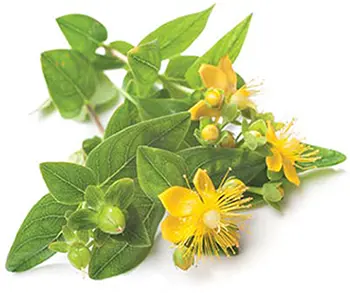
Exploring the Origins
Saint John’s Wort (Hypericum perforatum), a perennial herb with vibrant yellow flowers, is native to Europe and western Asia. The plant’s name is derived from its historical association with Saint John’s Day and its Old English origin, wyrt, meaning “plant.”
Historical and Cultural Significance
- Tied to pagan celebrations of the summer solstice and the Christian feast of Saint John the Baptist.
- Used in medieval Europe during Saint John’s Day festivities for protection and harvest blessings.
Medicinal Applications
- Widely recognized for treating depression, anxiety, insomnia, and migraines.
- Topical applications like ointments reduce swelling, muscle cramps, and rheumatic pain.
- Herbal teas provide relief for menopausal symptoms.
Magical and Spiritual Uses
- Employed in protective rituals, exorcisms, and love spells.
- Promotes prophetic and romantic dreams when placed under the pillow.
Personal Growth and Spiritual Empowerment
- Acts as a source of light and calm in challenging times.
- Enhances the solar plexus chakra, aiding in overcoming vulnerability and fear.
- Carrying Saint John’s Wort strengthens resolve, particularly in confrontational situations.
Discover the multifaceted uses of Saint John’s Wort, an herb that seamlessly blends physical healing with spiritual and magical practices, offering solace and strength.
